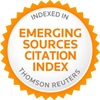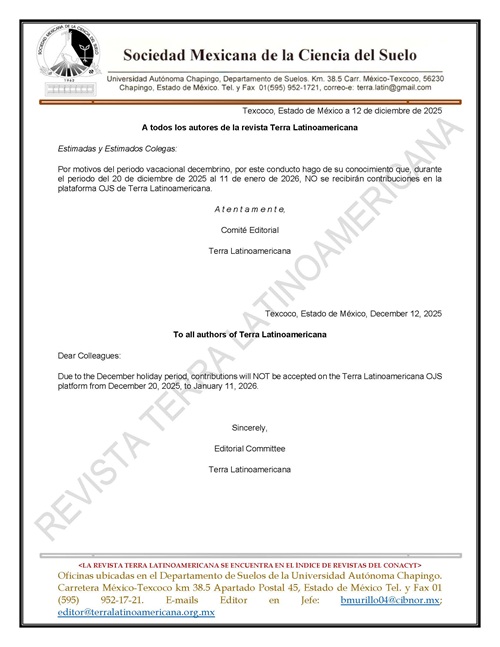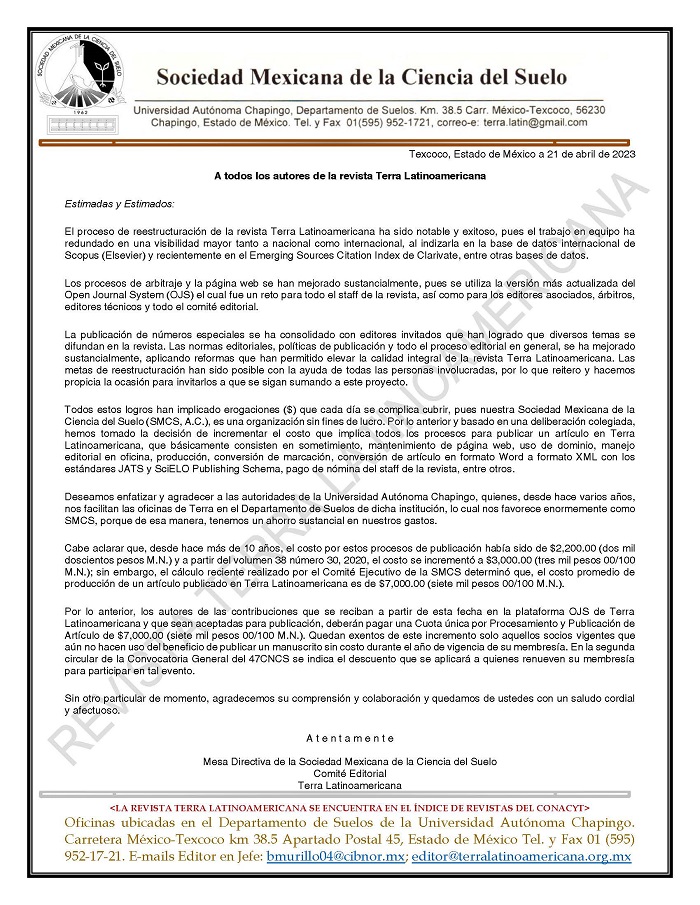Substrates and indole-3-butyric acid in raspberry propagation
DOI:
https://doi.org/10.28940/terra.v39i0.753Keywords:
asexual, dose, rooting, Rubus idaeus L., outbreak survival, varietiesAbstract
In order to contribute to the knowledge concerning the asexual spread of Rubus idaeus L., we established an experiment where the objective was to evaluate, in two consecutive years (2017 and 2018), the effects of different concentrations of indole-3-butyric acid (IBA) and types of substrates over the propagation efficiency from root cuttings with different raspberry varieties under greenhouse conditions. Compost materials with a high content of organic matter, sand and a clay-loamy substrate were used as rooting medium, with concentrations of 1, 5 and 10 mEq L-1 of IBA. The variables evaluated were: production of new plants over time, percentage of survival of transplanted plants with IBA treatments and substrate efficiency. The results showed statistical differences in the dynamic production of new shoots in the varieties studied. The Heritage variety exhibited the greatest emission of new shoots from the root in the two years of study. The concentrations of IBA (1, 5 and 10 mEq L-1) affected the survival rate of the transplanted plants, where the control treatment showed the greatest survival efficiency. The substrate with a high content of organic matter was the most suitable depending on the rooting efficiency of transplanted plants in individual pots. We conclude that IBA applications affect the rooting efficiency in raspberry plants, this is due to the fact that these are very succulent plants, which limits the effect of the rooting hormone.
Downloads
Publication Facts
Reviewer profiles N/A
Author statements
- Academic society
- Terra Latinoamericana
- Publisher
- Mexican Society of Soil Science, C.A.
















